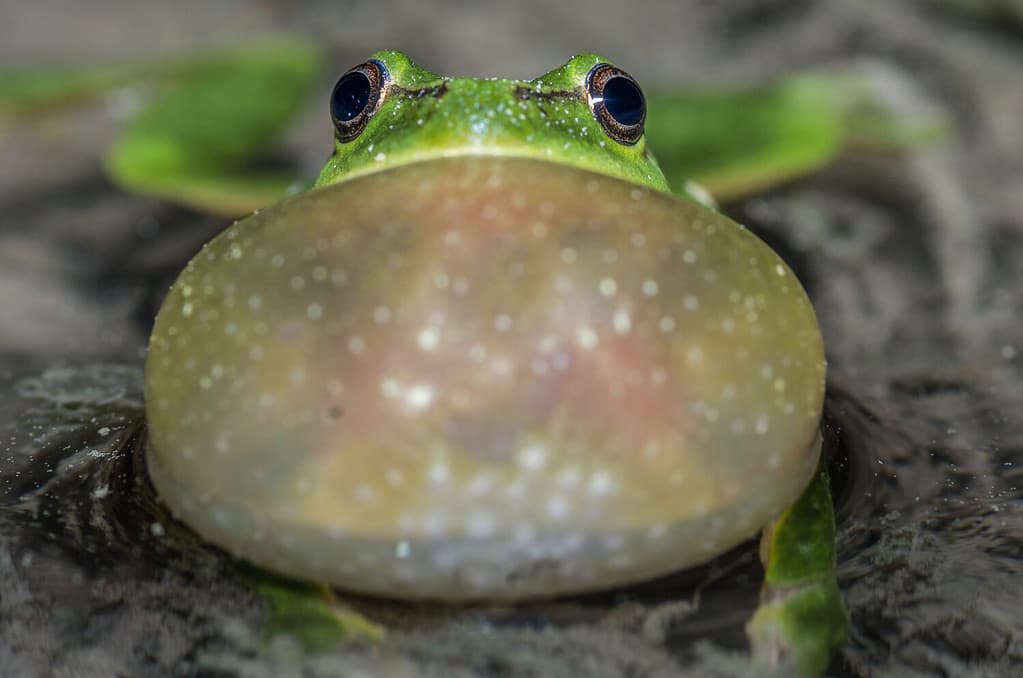When humans aren’t interested in the advancement of a partner, there are typical things that happen, such as telling them to their faces or simply ghosting them and never talking to them again. However, the European frog takes it to a whole new level in a report released by the Royal Society Open Science just last week.
Female Frogs Faking Death
On October 11, 2023, the Royal Society Open Science reported some observances in the European female frog to get rid of unwanted males during mating. “We observed three female avoidance behaviors, namely ‘rotation,’ ‘release call(s)’ and tonic immobility (death feigning).”
Dr Carolin Dittrich, the first author of the study from the Natural History Museum of Berlin, states that “It was previously thought that females were unable to choose or defend themselves against this male coercion.”
The European frog (Rana temporaria) mates with females during the early spring. The male’s throat will reportedly turn completely white and will swell during the mating ritual. This helps when the mating is taking place because it allows the male to hold on tight to the female.
Channel 12 WJTV News reports that the clinging “is often aggressive, which can lead to the female’s death if she is unable to get rid of the males.”
The Royal Society Open Science reported in their findings that when rotating the male under the female this forces the males to be immersed in the water. Losing their ability to breathe, they will then release the female.
It’s also important to note that many European female frogs are larger than males. Taking this into account, the Royal Society Open Science adds that “Small females used all three mate avoidance behaviors more frequently than larger females and had higher escape probabilities.”
European Frog (Rana temporaria) Facts

European common frogs can weigh between 20-80 grams (0.7-2.8 ounces).
©Dieter Herrmann/Shutterstock.com
The European common frog (Rana temporaria) of the family Ranidae can be found throughout Europe. Their population is unknown but is thought to be extremely populous. Because of this, the International Union for Conservation of Nature, IUCN for short, list sets their conservation status as the least concern.
This common frog has a carnivorous diet. They are known to prey on animals such as insects, worms, snails, insect larvae, woodlice, and spiders.
As we can imagine, frogs are a tasty snack for many types of animals. Common predators of the adult European common frog are herons, ducks, crows, snakes, badgers, and gulls.
The photo featured at the top of this post is © Daniel Prudek/Shutterstock.com
Thank you for reading! Have some feedback for us? Contact the AZ Animals editorial team.







